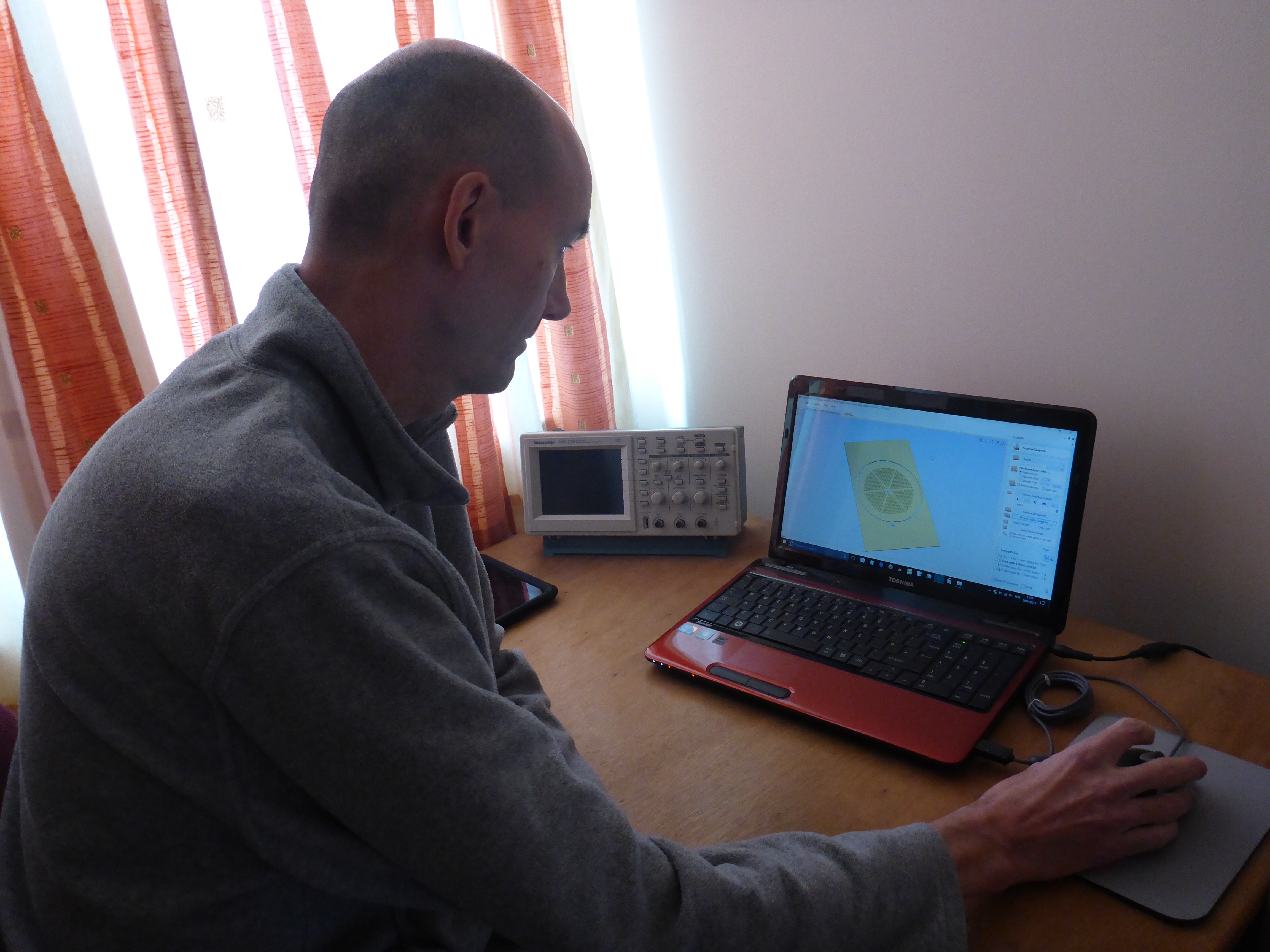Unlike conventional headphones, in which the sound is generated via a dynamic coil fixed to a cone, which vibrates with current, the main component of an electrostatic headphone is an ultra thin membrane. Electrostatic forces are applied to the membrane evenly without touching the membrane itself. The sound is of a purer quality because, unlike the audio coloration produced from moving coil technology, there is comparatively little interference from coils or stiff cones.
David says that ES headphones have a key benefit over ES loudspeakers. "The directional sound becomes an advantage. The poor bass response of loudspeakers does not affect headphones in the same way since the panels are in close proximity to the head. They are enclosed with ear-cushions to the side of the head, creating a sealed box."
The process of making the headphones and all the associated equipment may appear quite bewildering to the non-specialist, but for David it is a labour of love. Tinkering with electronics has always been second nature to him.
"Even when I was at school I was interested in electronics. When I left school I did an apprenticeship with Philips Electronics (Philips Data Systems) repairing large mini-mainframes, in the days before home computing existed. During my apprenticeship I built many electronic projects which were featured in a magazine called Hobby Electronics.''
David makes the headphones in his spare time from his home in Essex, employing skills ranging from soldering to CNC machining and carpentry. For all those skills, however, nothing would be possible without a deep understanding of electronics and audio technology. The pictures on the Muamp website show the painstaking process of trial and error that he went through in the early stages of the venture, as he tested various materials for the headphone panels and built the energisers and cable assemblies. He is now on version 3 of the Muamp headphone, which features fleece ear cushions, hardwood surrounds and a low capacitance six-core cable assembly.
This is not a business for David. He sees his role as providing other people with the information and resources to make their own electrostatic headphones. He posts links to build files and parts and is currently writing a guide on diaphragm tensioning, one of the most important parts of electrostatic headphones. He does occasionally offer for sale the stators, spacers and dust shields.


